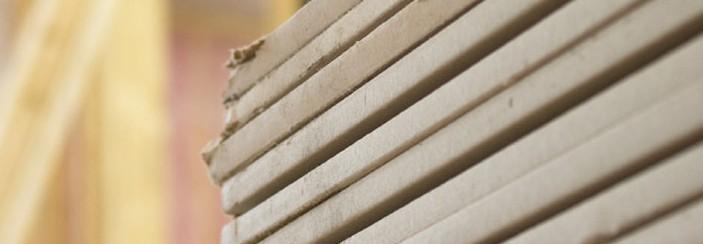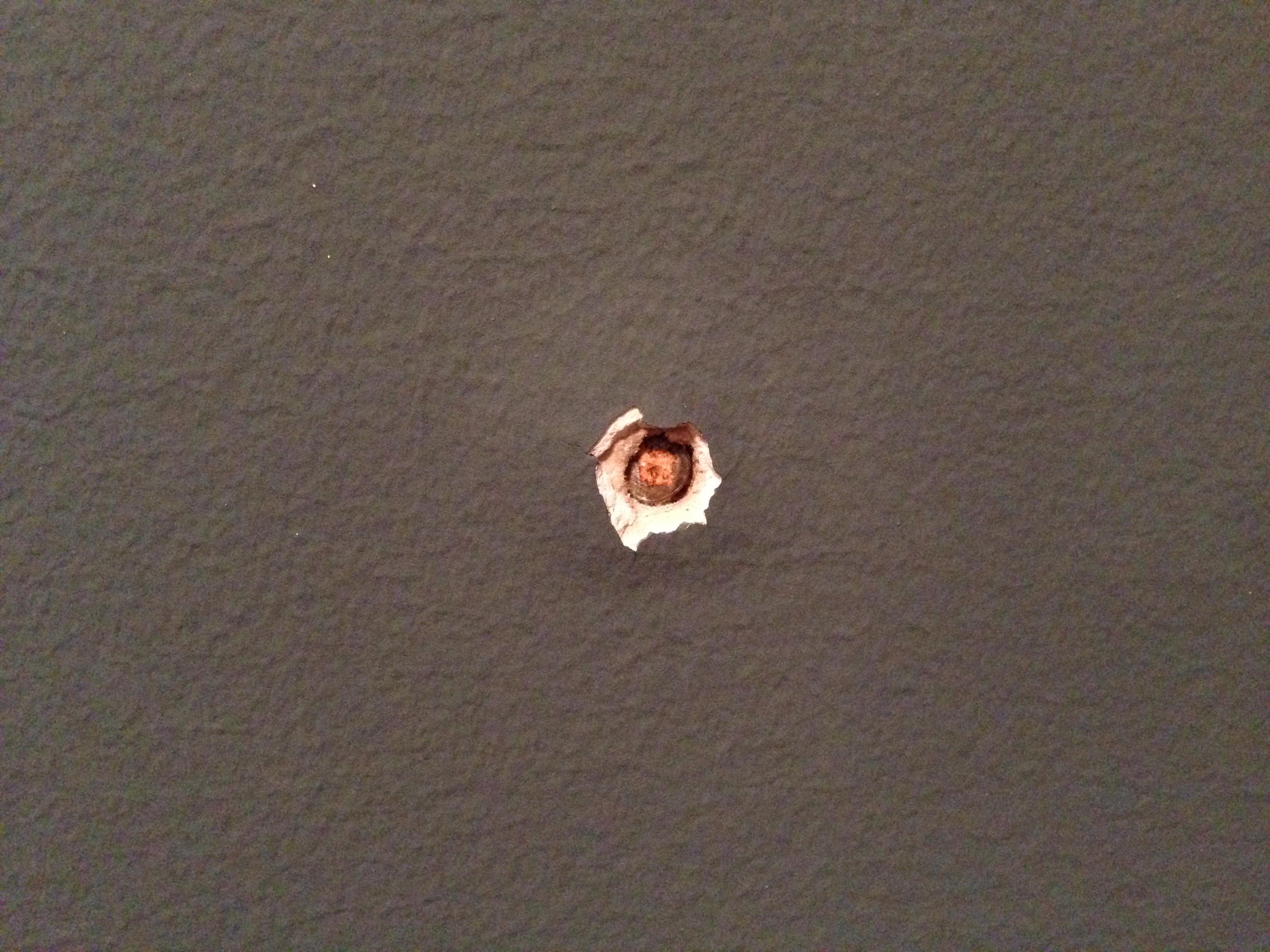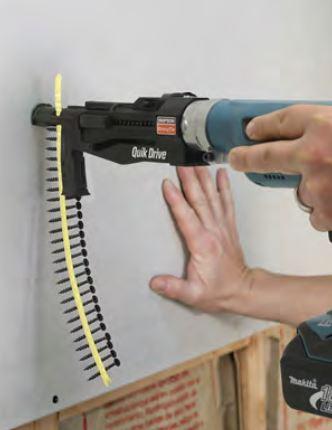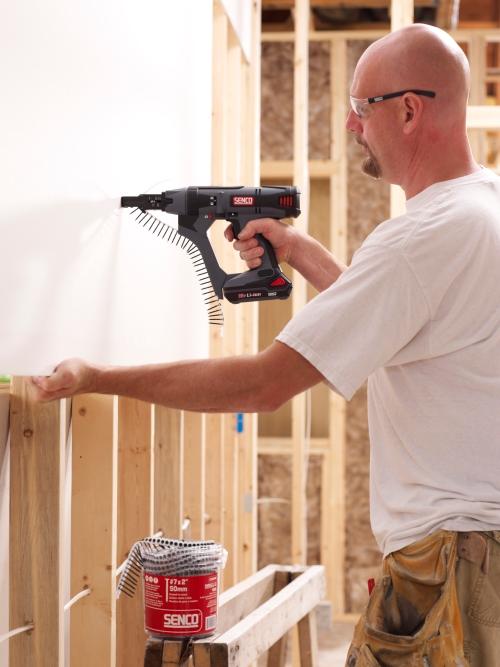Choosing The Best Fastener For Drywall - Nail Vs. Screw

Thanks to modern fastening tools and techniques, hanging sheets of drywall is easier than ever.
But, which fastener is best for drywall - nail or screw?
Choosing the best fastener for drywall doesn't have to be hard, if you know what to look for. Builder-grade projects typically use a drywall nail, selected for its budget friendliness and ease of installation. If using drywall nails, space them about 7" apart during installation - or double nail every 12" for an easier finishing job. Before you start, you may decide to invest in a drywall nailer, specifically designed for this type of application.

What drywall nailing benefits in reduced cost and improved productivity, it lacks in holding strength and versatility. One issue with nailing drywall, you can't use a nail when attaching drywall sheets to steel.
However, an even bigger issue that often presents itself after nailing drywall. Over time, the nail may begin to work itself out of position - leading to nail pops and breakthroughs.
You can learn more about repairing a nail pop here, but why not prevent the issue altogether?

To prevent nail pops, we suggest using a drywall screw, such as those by Senco DuraSpin or Simpson Quik Drive. Instant benefits to using a drywall screw include significantly improved holding strength, and the versatility to attach drywall onto a variety of surfaces - including wood and steel.
Even with drywall screws, you'll still have to decide between thread type and length.
Coarse thread screws are more common in residential drywall, as they are specifically intended for use in drywall to wood applications, and most residential construction is wood frame. On the other hand, fine thread drywall screws are made specifically for drywall to steel applications, as found mostly in commercial construction. While fine thread screws can technically be used in drywall to wood applications, it is not recommended since coarse thread screws offer a stronger grip once embedded in the wood stud. However, it's even more important to note that coarse thread screws SHOULD NOT be used when attaching drywall to steel framing - always use fine thread only.

Once you've figured out thread, you'll also need to determine an appropriate length of drywall screw. Commonly found in 1-1/4" and 1-5/8" variations, drywall screws can run in size from as small as 1" up to 2-1/2" in length. Keep in mind, the shorter the screw, the easier it is to drive; just make sure your drywall screw is long enough for the thickness of drywall being installed. For 1/2" or 5/8" drywall, 1-1/4" drywall screws will suffice. For double layer drywall, plan to use a 1-5/8" drywall screw at minimum - with potential to go all the way up to 2" length depending on sheet thickness.
PRO TIP: Make sure the screw shank is long enough to sink at least 1/2" into the wood stud - or steel frame.
Because drywall screws offer superior holding strength compared to nails, you'll be able to sink each screw about 12" apart - compared to the 7" spacing suggested for drywall nails. That translates to approximately four or five screws per stud, when hanging 48" drywall sheets.

When it comes to the tools for installing drywall screws, we recommend investing in a collated screw gun, or a screw gun attachment for your driver motor. A variety of products are available, but we've received particularly good feedback for screw guns by Senco DuraSpin, Simpson Strong-Tie Quik Drive, and Grabber Construction Products.
Ready to get started? Learn how to install flawless drywall on the Nail Gun Network.
~ The Nail Gun Depot Team


